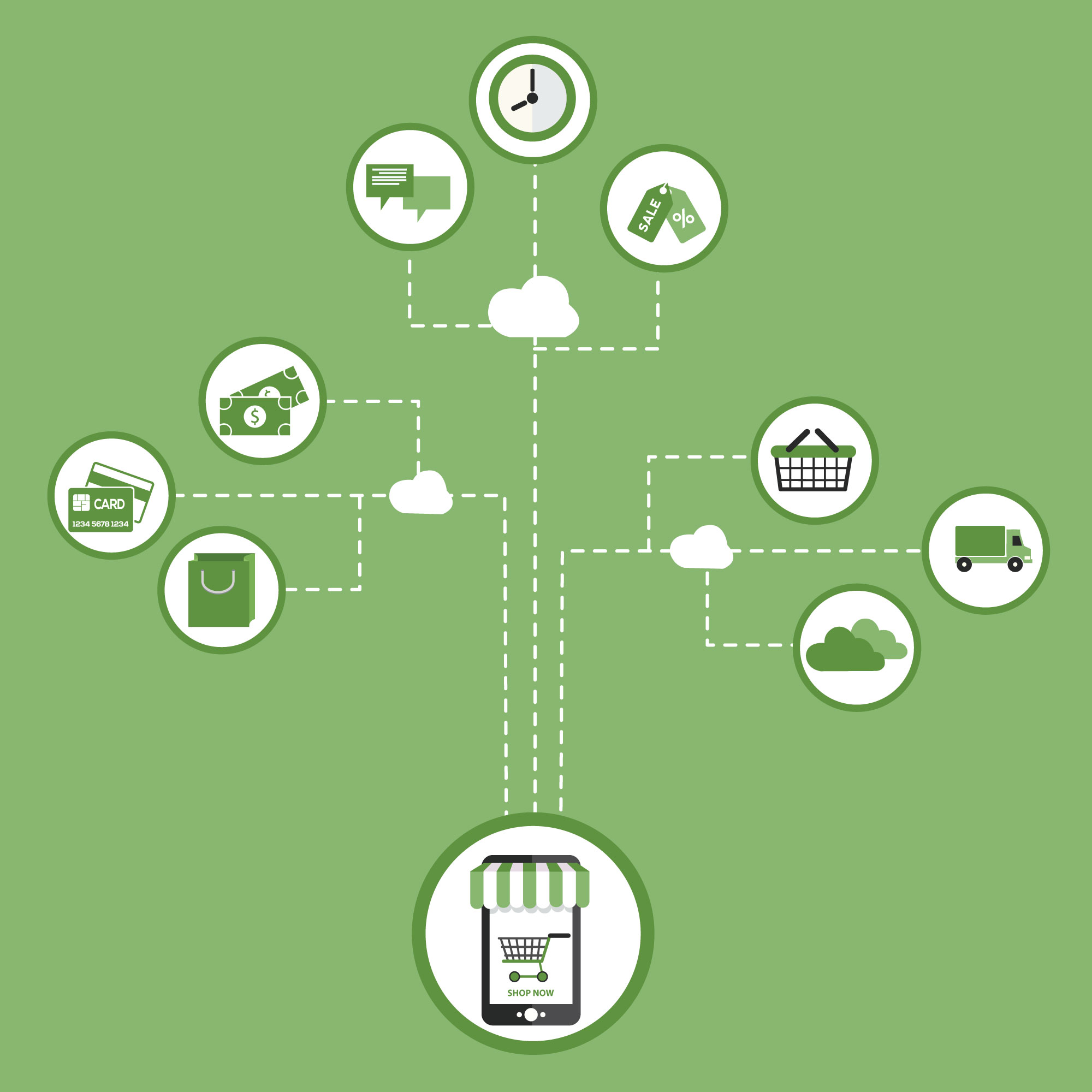When businesses buy a large asset for their company, it gets a place as an asset on the balance sheet. But the accounting that happens behind the scenes is much more important than lines on an accounting statement. What is depreciation? How does it impact my business?
Depreciation impacts your current year business profitability. How you handle depreciation and accumulated depreciation may be the difference between a big tax bill and a lesser one you hardly worry about.
Table of Contents
ToggleWhat assets require depreciation?
If you buy something disposable for your business, like printer paper or printer ink, that is treated as an expense. Calculating your business net income and taxes requires subtracting expenses from revenue. A lower net income means lower taxes, so in some ways having bigger expenses helps your business save money. For example, if you make $10,000 per year as a side hustle freelancer and spend $1,000 on your business annually, you only have to pay taxes on the $9,000 profit.
When you buy a tangible asset for your business, like a printer, computer, machinery, or property, they will be a part of your business a lot longer than the disposable printer paper and ink. These become a business asset, and are listed as an asset on your balance sheet.
When you buy an asset for your company, you may be tempted to write the entire amount off as an expense and move forward. However, according to IRS regulations and Generally Accepted Accounting Principles, or GAAP, you can’t just write off the entire expense at once. Instead, you can expense a portion of the cost every year based on the cost and expected useful life of the asset.
Straight line, ACRS, and MACRS
The IRS and GAAP offer three different methods to depreciate an asset and claim the expense. These are the straight-line method and accelerated depreciation methods, known as ACRS and MACRS.
In straight line depreciation, you divide the value of an asset by the useful life and expense the same dollar value every year. For example, if you own a construction company and buy a $100,000 tractor that is useful for 10 years. At the end of its useful life you expect you can get $10,000 selling it used. In straight line depreciation, you calculate the depreciable value ($100,000 – $10,000 = $90,000) and divide by the useful life ($90,000 / 10 years = $9,000) to calculate the annual depreciation. In this example, you can write off $9,000 of expenses every year for the 10 years you operate the equipment.
The IRS and accountants realize that, like a new car, most assets lose most of their value the first year, then a little less every year going forward. To compensate for this, they created ACRS, or the Accelerated Cost Recovery System. In 1986, the IRS introduced MACRS, the Modified Accelerated Cost Recovery System, which is the most popular depreciation method today.
MACRS offers a depreciation schedule for different assets based on their useful life. For example, a 3-year asset has a different depreciation schedule than a 7-year, 10-year, or 20-year asset.
For the tractor we bought for ten years in the example above, the MACRS schedule offers the following depreciation table:
- Year 1: 10.00%
- Year 2: 18.00%
- Year 3: 14.40%
- Year 4: 11.52%
- Year 5: 9.22%
- Year 6: 7.37%
- Year 7: 6.55%
- Year 8: 6.55%
- Year 9: 6.55%
- Year 10: 3.28%
Over the ten years, you can depreciate 100% of the asset less the salvage value or resell value at the end. Ultimately you get the same dollar value in tax savings as expensing the entire asset up front, but there are some downsides to appreciation for business owners.
Take the expense as early as possible
You know the saying, “a dollar doesn’t get you what it used it?” There is a lot of truth to that statement. Thanks to inflation, our hard earned dollars are worth a little less every year. The same powers that led a gallon of gas from a few cents a gallon to a few dollars per gallon are constantly at work in our economy making our dollars steadily less valuable.
Because of this economic phenomenon, you are better off to earn, or a save, a dollar today than you are in the future. If inflation is 1% per year, for example, your $1 that use used to purchase that tractor is only worth around .90 cents after a decade. This makes it better to expense an asset than depreciate it, but the IRS doesn’t always allow that.
This is why MACRS is a great compromise. Business owners want to expense an asset 100% in year one. The government wants assets expensed over the entire useful life. MACRS gives some benefits through accelerated depreciation that lead to a win-win for both sides.
When in doubt, hire a professional
Does all of this accounting mumbo jumbo have your head spinning? Fear not! That’s what keeps accountants employed. The rules and regulations around accounting for assets and depreciation are quite complex. If you handle them incorrectly, it could end you on the wrong side of an audit or an IRS penalty. If you have any major doubts that you are not handling your books properly, it is best to hire a professional to take care of it for you.
However, there is no secret code to MACRS and accumulated depreciation. If you can get up to speed, there is no reason you can’t handle all of this, along with the rest of your self-employed taxes, on your own. I have done my own taxes for four years running, and I’m not planning to go back any time soon.















